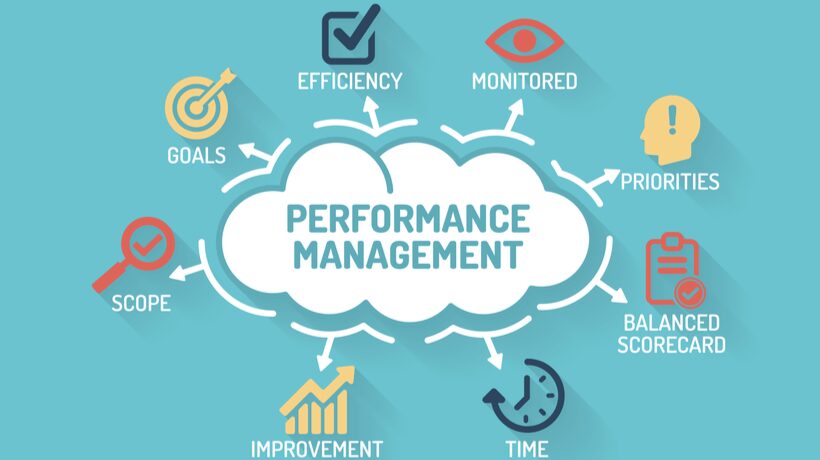Workforce management is an integral part of running a successful business. Effective management can lead to increased productivity, reduced costs, and higher employee satisfaction. However, managing a workforce can also present various challenges, such as scheduling conflicts, communication breakdowns, and employee turnover.
Understanding the Importance of Workforce Management

Workforce management involves planning, organizing, and directing employee activities to achieve the organization’s goals. Effective workforce management ensures that the right people are in the right place at the right time, equipped with the necessary skills to perform their duties. It not only enhances operational efficiency but also improves employee engagement and job satisfaction. Therefore, investing time and resources in effective workforce management practices is critical for any organization looking to achieve long-term success.
Strategy 1: Implementing Advanced Scheduling Tools
One of the common challenges in workforce management is scheduling. Advanced scheduling tools can automate the scheduling process, reducing human errors and ensuring optimal resource allocation. These tools allow managers to create schedules that accommodate both the business’s needs and the employees’ availability. By automating this process, companies can minimize scheduling conflicts, reduce overtime costs, and enhance employee satisfaction.
Strategy 2: Embracing Flexible Work Arrangements
The traditional 9-to-5 workday is becoming obsolete in many industries. Embracing flexible work arrangements, such as remote work and flexible hours, can significantly ease workforce management. Flexibility allows employees to work when they are most productive, reducing stress and increasing job satisfaction. It also helps organizations attract and retain top talent, as more employees prioritize work-life balance in their career choices.
Strategy 3: Investing in Employee Training and Development

A well-trained workforce is a productive workforce. Investing in employee training and development ensures that employees have the necessary skills and knowledge to perform their tasks efficiently. Regular training sessions can keep employees updated on the latest industry trends and technologies, boosting their confidence and competence. Moreover, a focus on development shows employees that the company values their growth, leading to increased loyalty and reduced turnover.
Strategy 4: Leveraging Workforce Analytics
Data-driven decision-making is crucial in today’s competitive business environment. Leveraging workforce analytics can provide insights into employee performance, attendance patterns, and productivity levels. By analyzing this data, managers can identify potential issues early on and make informed decisions to address them. For instance, if analytics reveal a high rate of absenteeism on specific days, managers can investigate the cause and implement measures to improve attendance.
Strategy 5: Promoting Open Communication
Effective communication is the backbone of successful workforce management. Promoting open communication channels within the organization ensures that employees feel heard and valued. Regular meetings, feedback sessions, and anonymous surveys can help gather employee input and address concerns before they escalate. Encouraging transparency also fosters a culture of trust and collaboration, which is essential for a harmonious work environment.
Strategy 6: Enhancing Employee Engagement
Engaged employees are more productive, creative, and committed to their work. To enhance employee engagement, organizations should focus on creating a positive work culture, recognizing employee achievements, and providing opportunities for growth. Engaged employees are less likely to leave the company, reducing turnover rates and the associated costs. Engaging employees also leads to higher levels of innovation and customer satisfaction, contributing to overall business success.
Strategy 7: Implementing Performance Management Systems

Performance management systems are essential tools for monitoring and improving employee performance. These systems set clear performance expectations, provide regular feedback, and identify areas for improvement. By implementing a structured performance management system, organizations can ensure that employees are aligned with business goals and continuously working towards personal and professional development.
Strategy 8: Prioritizing Employee Well-being
Employee well-being should be a top priority for any organization. A healthy workforce is a productive workforce. Implementing wellness programs, offering mental health support, and promoting work-life balance can significantly enhance employee well-being. When employees feel cared for, they are more likely to be engaged, productive, and loyal to the organization. Prioritizing well-being also reduces absenteeism and healthcare costs, contributing to overall business efficiency.
Strategy 9: Streamlining Onboarding Processes
A smooth onboarding process sets the tone for a new employee’s experience within the company. Streamlining onboarding processes ensures that new hires are quickly integrated into the team and familiarized with their roles and responsibilities. A well-structured onboarding program reduces the learning curve, increases job satisfaction, and improves retention rates. Effective onboarding also allows new employees to become productive members of the team faster, contributing to the organization’s overall success.
Strategy 10: Fostering a Culture of Continuous Improvement
Continuous improvement is a philosophy that encourages organizations to consistently seek ways to improve their processes and practices. By fostering a culture of continuous improvement, companies can adapt to changes more effectively, innovate, and maintain a competitive edge. Encouraging employees to provide feedback and suggest improvements creates a sense of ownership and responsibility. This approach not only enhances workforce management but also drives overall business success.
Real-World Example
A prime example of effective workforce management can be seen in the practices of Jeff Smith Blackrock, who has implemented innovative strategies to manage a diverse and global workforce. Blackrock’s approach focuses on leveraging technology, promoting a culture of continuous improvement, and prioritizing employee well-being. By integrating these strategies, Blackrock has successfully enhanced productivity, reduced turnover, and maintained a competitive edge in the financial industry.
Integrating Technology for Better Workforce Management

Technology plays a crucial role in modern workforce management. Implementing workforce management software can automate various tasks, such as time tracking, payroll processing, and performance evaluations. These tools streamline administrative processes, reduce manual errors, and provide valuable insights into workforce dynamics. By integrating technology into workforce management, organizations can save time, reduce costs, and make data-driven decisions to improve efficiency.
The Role of Leadership in Workforce Management
Effective leadership is critical in implementing and maintaining successful workforce management strategies. Leaders set the tone for the organizational culture and are responsible for motivating and guiding employees. By demonstrating strong leadership skills, such as empathy, communication, and adaptability, leaders can inspire their teams to perform at their best. Leadership development programs can help equip managers with the necessary skills to lead effectively and manage workforce challenges.
Conclusion
Effective workforce management is essential for the success of any organization. By implementing these ten proven strategies, companies can enhance productivity, reduce costs, and create a positive work environment. From embracing flexible work arrangements to leveraging workforce analytics, these strategies address various aspects of workforce management, ensuring that both employees and employers benefit. As the business landscape continues to evolve, organizations that prioritize effective workforce management will be better positioned to achieve long-term success.
Related Posts:
- 20 Best Gaming Headset Under 50$ 2024 - for PC, PS4,…
- 15 Best Shoes for Jumping Rope 2024 - Maintain a…
- Top 10 Best Outdoor Basketball Shoes 2024 - Durable…
- Top 10 Best Modem For Gaming 2024 - For Optimum Gaming Speed
- 15 Best Shoes for Walking on Concrete 2024 - Soft &…
- Top 10 Best Power Inverter for Car 2024 - Keep Your…







